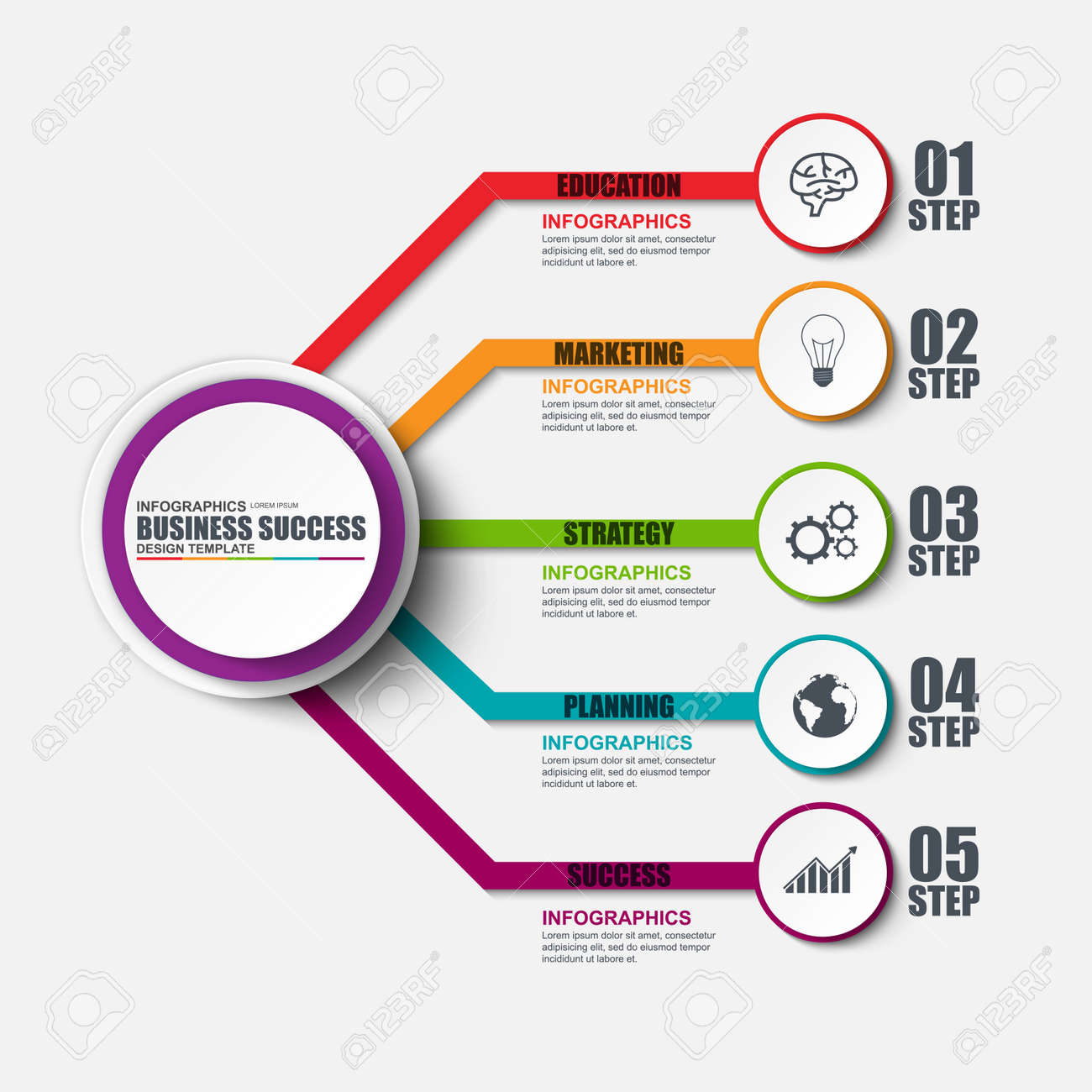The Advancement Of Web Design: After That And Currently
The Advancement Of Web Design: After That And Currently
Blog Article
Created By-Johnsen Stender
In the past, internet sites were basic and focused on info. Navigating was direct, and layout was for desktops. Now, individual experience is vital. Data guides designs for easy navigation. Receptive formats fit different devices. Today, dark mode minimizes strain, and minimal menus boost navigating. Interactive features involve individuals, and strong visuals stand apart. AI assimilation improves involvement. See exactly how design has actually advanced to boost your on the internet journey.
Early Days of Web Design
In the early days of web design, simpleness reigned supreme. Web sites were standard, with minimal shades, font styles, and formats. The emphasis got on giving information rather than fancy visuals. Users accessed the net via slow dial-up links, so speed and capability were crucial.
Navigating menus were straightforward, usually located at the top or side of the web page. Sites were created for home computer, as mobile surfing had not been yet widespread. More Information and facts was king, and designers focused on easy readability over intricate design components.
HTML was the primary coding language made use of, and designers had to function within its restrictions. Computer animations and interactive attributes were marginal contrasted to today's standards. Websites were static, with little dynamic web content or personalized individual experiences.
Surge of User-Focused Layout
With the development of internet site design, a shift in the direction of user-focused style concepts has become increasingly prominent. Today, creating sites that focus on user experience is crucial for involving site visitors and accomplishing organization objectives. User-focused style entails recognizing the requirements, choices, and habits of your target market to customize the site's format, material, and includes appropriately.
Designers now carry out detailed research study, such as customer studies and functionality testing, to collect understandings and feedback directly from customers. This data-driven method aids in creating instinctive navigating, clear calls-to-action, and aesthetically appealing interfaces that resonate with visitors. By positioning the customer at the facility of the design process, web sites can supply a more customized and pleasurable experience.
Receptive style has likewise emerged as a crucial aspect of user-focused design, making sure that sites are maximized for numerous devices and screen sizes. This versatility boosts access and usability, accommodating the varied ways customers communicate with internet sites today. In essence, the increase of user-focused design indicates a shift towards producing digital experiences that focus on the requirements and assumptions of the end individual.
Modern Trends in Web Design
Discover the most up to date trends forming website design today. One popular trend is dark mode design, providing a sleek and contemporary appearance while decreasing eye strain in low-light atmospheres. One more crucial fad is minimal navigating, simplifying menus and boosting user experience by concentrating on essential elements. Integrating micro-interactions, such as computer animated buttons or scrolling impacts, can develop a more engaging and interactive internet site. Receptive style continues to be vital, ensuring seamless user experiences throughout numerous devices. In addition, making use of strong typography and unbalanced designs can include aesthetic rate of interest and draw attention to details content.
Integrating AI modern technology, like chatbots for client support or individualized referrals, improves individual interaction and simplifies procedures. Availability has likewise become a substantial fad, with designers focusing on comprehensive layout methods to cater to diverse user demands. Accepting sustainability by optimizing website efficiency for speed and efficiency is an additional emerging fad in web design. Collaborating with customer responses and data analytics to iterate and enhance style continuously is crucial for remaining appropriate in the ever-evolving electronic landscape. By embracing these contemporary fads, you can create an aesthetically attractive, straightforward internet site that reverberates with your audience.
Conclusion
As you review the evolution of website style from the very early days to currently, you can see how user-focused design has actually become the driving pressure behind modern trends.
Embrace the journey of modification and adaptation in web design, constantly maintaining the individual experience at the forefront.
Stay existing with the current patterns and modern technologies, and never stop advancing your approach to produce visually stunning and user-friendly websites.
https://zandertoidw.blogripley.com/27533944/discover-the-complicated-partnership-in-between-internet-site-holding-and-seo-to-acquire-a-more-profound-grasp-of-its-relevance , adapt, and produce - the future of website design is in your hands.
